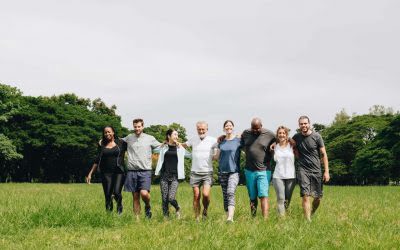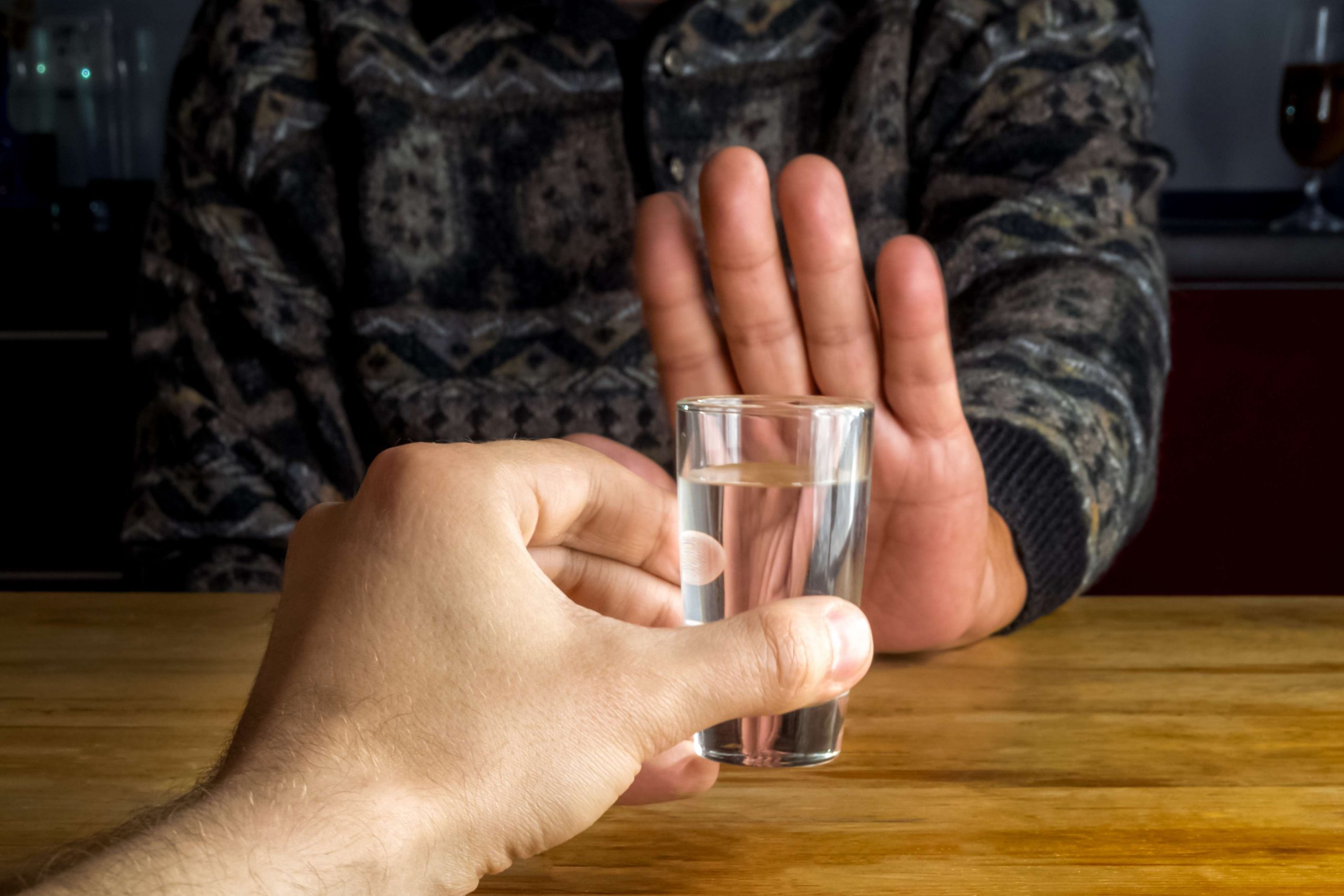Data show that the programs are helpful for some but not for everyone. Relapse is common and experts see it as an opportunity for learning about and http://museum.by/en/node/42237 overcoming impediments to change. The endpoint is voluntary control over use and reintegration into the roles and responsibilities of society.

Are you ready to change?
If people walking into the center currently don’t have stable living conditions, they can also refer them to the CCBC to help find them a sober residential living house. The goal of the Peer https://internet-law.ru/forum/index.php?topic=752.msg19010 Recovery Support Center is to be a one-stop shop for addressing the needs of people trying to stay clean and productive. With CCBC as its parent, it has access to those necessary resources.
ESPN Signs Social Media Star Omar Raja to Multiyear Extension
Nevertheless, data bear out that most people who meet the clinical criteria for an alcohol or other drug use disorder achieve full recovery. In fact, the latest figures from the National Survey on Drug Use and Health indicate that among those who had an alcohol or drug problem, the remission rate is approximately 75 percent. Your relationships and friendships are likely to change as you overcome your addiction.

What Is the Drug and Alcohol Addiction Recovery Process?
Genetic factors influence how substances are metabolized and experienced. Such biological differences can influence whether substance use continues and increases, remains “social” and occasional, or does not occur at all. In the early stages, however, those more genetically vulnerable to addiction are unaware of the risky path they are on; their experience is merely of a memorable and highly desirable new discovery. It’s maintaining change that’s hard—creating new and sustained ways of thinking and behaving.
Understanding needs
In 2016, my colleagues and I surveyed another nationally representative sample. We discovered that the national prevalence of those in recovery is approximately 9.1 percent, or 22.35 million https://dosye.com.ua/news/2011-07-23/skonchalas-ehmi-vainhaus/12119/ U.S. adults. Nearly one in 10 persons in the U.S. has recovered or is recovering from a substance use disorder. Genetics plays an important role in conferring vulnerability to addiction.
Hundreds of studies of addictive behavior change reveal that a common process underlies all progress toward recovery. Researchers have identified and mapped out five stages of change, and they can be used as a kind of recovery GPS—a guide to determine where anyone may be in the process of recovery. The processes of neural plasticity and neural toxicity that deeply entrench the behaviors of substance use in the brain can make those behaviors difficult to change.
- These support groups and their recovery Steps provide social support to people when they need it.
- Lifestyle changes, behavioral therapy, medications, and mutual support groups may all play a role in your treatment, but it is important to find the approach that works best for your needs.
- Maetta overcame her substance use to become an activist and recovery ambassador in her community.
Recovery from Addiction
- In fact, people in recovery might be better off if the term “relapse” were abandoned altogether and “recurrence” substituted, because it is more consistent with the process and less stigmatizing.
- An increasing number of high schools and colleges offer addiction recovery resources (CRPS, or Collegiate Recovery Programs) for students, including mentors, workshops, dedicated lounges, and group meetings and activities.
- The Taunton Peer Recovery Support Center has a tiered system for inclusion and decision-making into how the center is run and what programs are offered.
- Special Topics and Resources presents a bank of important topics and additional resources for those in recovery, families, and individuals wanting to learn more about substance use disorder recovery.
It is followed by an action stage—actual, concrete behaviors are learned and performed to transform the decision into tangible operations. In the maintenance phase, skills are deployed and processes are engaged to sustain the initial changes over the long term. It is now well known that the repetition of rewarding behaviors produces changes in brain function and structure that facilitate habits and, for some, sustained compulsivity and addiction. Like other complex illnesses and disorders, addiction is multifactorial, resulting from a combination of genetic, social, psychological, and environmental forces. It’s up to each individual to decide when to begin “working the steps,” and when to approach a sponsor. Your sponsor is meant to provide guidance, support, and understanding during the steps process.

Seeking formal treatment
Others find it painful, difficult, and frustrating, sometimes needing many attempts before achieving their goal. Still, others discover new sides to themselves during the quitting process (a greater capacity for compassion, for example). Once you understand your triggers, you can put things in place to reduce the chance of relapsing again. You can then apply what you learned from the first time you quit or cut down to be more successful next time.
Once you make that decision to change, however, you can begin the process of preparing to take action. “There are a lot of reasons for this,” explains HEAL-funded clinical psychologist Aaron Hogue, Ph.D., of the New York City-based Partnership to End Addiction. Many organizations, however, are small and not as familiar with how to collect and analyze data. Building relationships with some of these groups takes persistence and patience, toward improving their impact on people’s lives, he says. American Addiction Centers (AAC) is committed to delivering original, truthful, accurate, unbiased, and medically current information.
